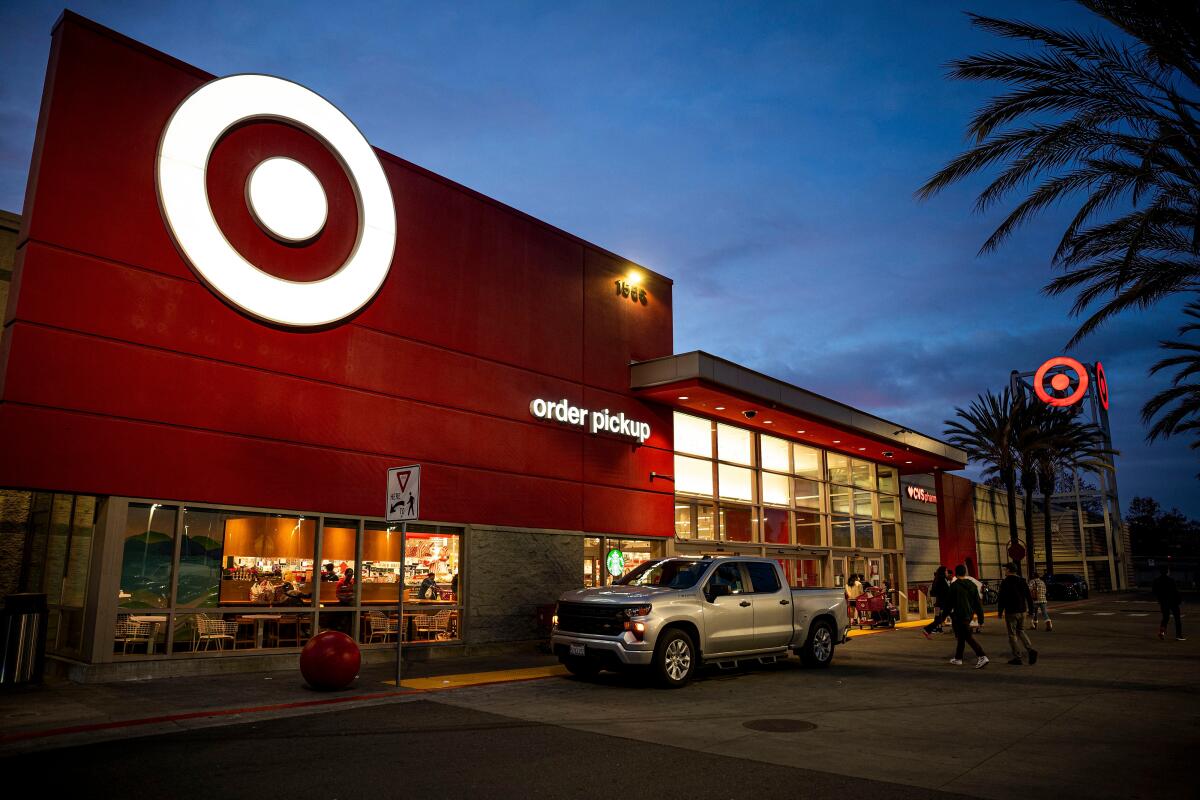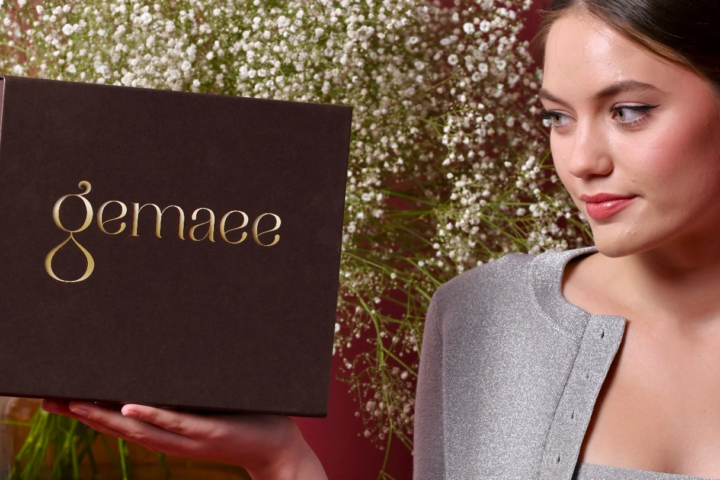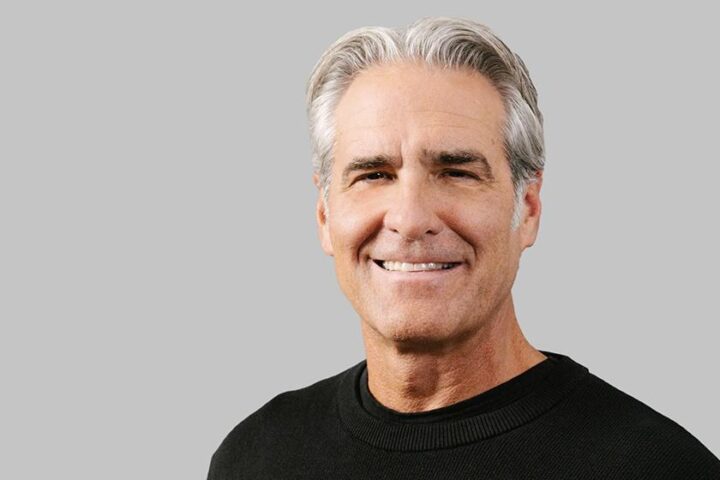Target Corp. has appointed longtime company executive Michael Fiddelke as its next chief executive officer, tasking him with steering the retailer out of a prolonged downturn that has rattled customers and investors alike.
Fiddelke, currently the company’s chief operating officer, will officially succeed Brian Cornell in early February. Cornell, who has led Target for a decade, will remain on as executive chair.
The leadership transition comes as Target faces slumping sales, faltering customer loyalty, and a stock price that has shed more than 60% of its value since peaking in 2021. In its latest quarterly results released Wednesday, Target reported year-over-year declines in both sales and customer traffic, while average spending per trip also fell.
“I know we’re not realizing our full potential right now,” Fiddelke said on an earnings call, pledging “a clear and urgent commitment to build new momentum in the business and get back to profitable growth.”
A Veteran Insider With a New Mandate
Fiddelke, 49, has spent more than two decades rising through the ranks at Target, starting as an intern and holding roles in merchandising, finance, operations, and human resources. He has served as both chief financial officer and COO, and most recently led Target’s Enterprise Acceleration Office, an initiative launched earlier this year to fast-track a turnaround.
That pedigree, however, has done little to reassure Wall Street. Investors responded coolly to the internal appointment, sending shares down more than 6% on Wednesday. The stock is now down 27% this year, far underperforming the broader S&P 500, which is up more than 8%.
A June survey by Mizuho Securities found that 96% of investors favored an external hire, raising doubts about whether Fiddelke represents enough of a change. “The market is questioning whether the internal candidate, with Brian [Cornell] staying on as executive chair, is that a bold enough move going forward?” Manny Chirico, former CEO of PVH Corp., told CNBC.
Target’s Struggles
The challenges awaiting Fiddelke are steep. Target’s annual sales have remained flat for four years, and the company expects another low-single-digit decline this fiscal year. Its market value has dropped from a high of $129 billion in 2021 to about $45 billion today.
Once celebrated as “Tarzhay” for its stylish, affordable merchandise and mall-like shopping experience complete with Starbucks cafés and Ulta Beauty corners, Target has lost some of the magic that made it a cultural touchstone.
Customers and former employees told CNBC that the company’s signature traits—clean stores, friendly staff, and eye-catching assortments—have eroded. Some shoppers have also been alienated by Target’s handling of controversies, such as backlash over its Pride collection and its subsequent pullback from diversity, equity, and inclusion initiatives.
The pandemic briefly boosted Target’s fortunes, with sales soaring more than $15 billion in a single year and shares hitting a record $266.39 in 2021. But as consumers shifted spending back to travel, dining, and experiences, Target stumbled. Inflation and new US tariffs further squeezed its margins, while rivals gained ground in key categories.
“Target used to be clean and exciting with fresh brands,” said Stacey Widlitz, president of SW Retail Advisors. “That has just all changed in the past two years.”
Green Shoots of a Turnaround
Despite the grim picture, Target executives pointed to signs of improvement. Sales, though still negative year-over-year, improved sequentially from the first to the second quarter. Performance strengthened across all six key merchandise categories, and the company reported its best on-shelf product availability in years.
Fiddelke outlined three priorities for his leadership: restoring Target’s reputation as a strong merchant, enhancing in-store customer experience, and using technology to modernize operations.
Some recent initiatives appear to be working. A limited-time collaboration with Kate Spade in April marked Target’s most successful designer partnership in a decade. New collections such as Champion activewear and expanded Disney- and Marvel-themed home goods have resonated with customers.
Still, Fiddelke acknowledged that consistency remains an issue. “Now, what the team needs to do is say ‘Okay, we need to do more of that, more consistently, more frequently, across bigger parts of the business,’” he said.
Fiddelke will also face operational hurdles, such as replacing the sales boost from Target’s Ulta Beauty shop-in-shop partnership, which is set to end next August. And he must address in-store frustrations, from long checkout lines and locked merchandise cases to staffing shortages.
Analysts say the bigger task is to restore the retailer’s identity. “If Target went away tomorrow, you’d have a lot of disappointed consumers,” said David Bellinger, retail analyst for Mizuho Securities. “There is a true core customer who loves Target, and there’s a ton of upside here, if they can figure it out.”
For now, Target’s future hinges on whether Fiddelke, a seasoned insider, can convince both shoppers and investors that the company still deserves its “Tarzhay” nickname—and chart a course back to growth.








